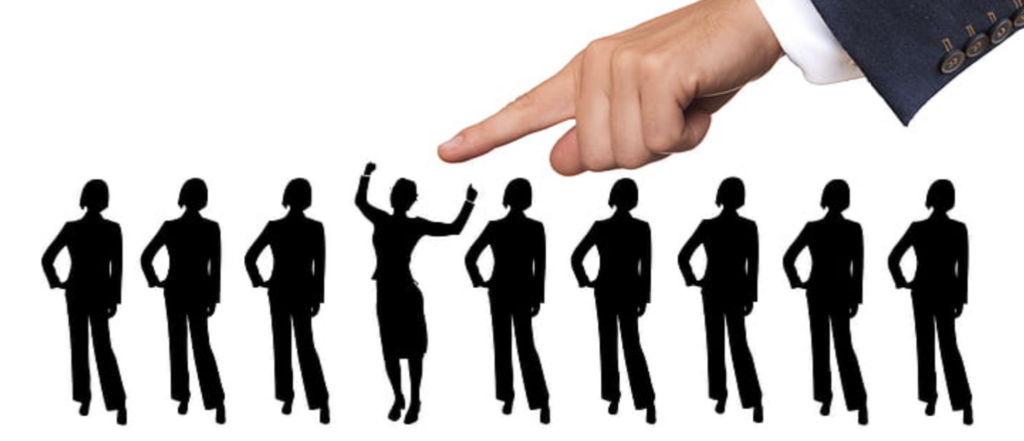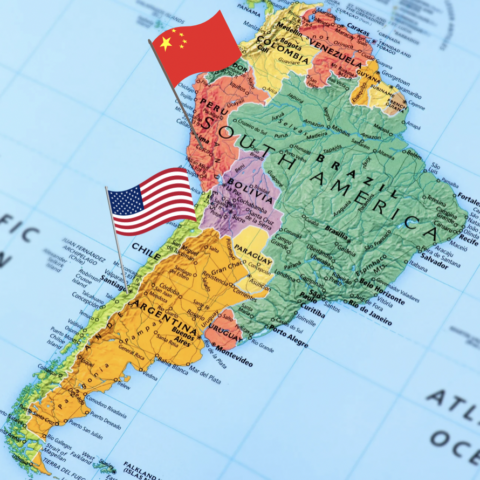By: Marin Arvin

New Zealand, Mexico, India, Barbados, Peru, and many other countries all over the world have had female presidents or prime ministers, while the United States lags behind. In fact, the U.S. has a very short history of women in political offices that only truly began with the ratification of the 19th amendment in 1920, giving women the right to vote. Since then, the highest political office a woman has achieved has been vice president—Kamala Harris in 2020. The issue is not unique to the oval office. As of 2023, women made up less than 50% of congress, governors, state legislatures, Fortune 500 CEOs, Fortune 500 board members, and university presidents. Yet, women make up over half of the U.S. population and have consistently outpaced men in college completion since 1995. Despite the disproportionately large share of educated women in the United States, they are drastically underrepresented in decision-making spheres. Why?
Answering with the blanket term “sexism” would fail to assess how the complex mixture of historical, systemic, and social factors impact our subconscious today. The implicit biases people hold are what continue to hinder leadership opportunities for women. Most Americans believe in the abstract idea that they would vote for “the right woman” in a presidential election, but when faced with the reality of a female candidate, their support falters. Moreover, the majority of Americans say that women and men make equally good leaders, but past elections—primarily presidential elections—have not reflected this sentiment. Voters tend to come up with other unfavorable attributes to justify their decision not to vote for a female candidate.
One of these attributes is associated with experience. Karrin Vasby Anderson (2017) theorizes that a “first-timer/frontrunner double bind” allows male “first-timers” such as Donald Trump in 2016 to benefit from being seen as a political outsider, a change candidate. Female politicians do not have the same advantage. In order to earn credibility, they must have significant experience and support, but paradoxically their political experience is often viewed as entitlement and megalomania. Women will undeniably struggle to win if they don’t have experience, but oftentimes, they can’t win even if they do. This was a major challenge for Hillary Clinton in the 2016 presidential election, and despite a vastly different political environment and circumstances in the 2024 election, Kamala Harris struggled with the same problem. The first-timer/frontrunner double bind may help answer the question about why women are underrepresented in the United States: the problem is not that there are not enough qualified female candidates, but rather that unconscious bias prevents Americans from realistically selecting them. As Anderson puts it, “the problem lies with the culture rather than with the candidates.” In conclusion, there is no “right woman.”
Culture is very complex, which is why this problem is so hard to solve. Every person is molded by the culture in which they grew up in, absorbing lasting attitudes through their subconscious. Psychologist Geert Hofstede’s cultural dimensions gives insight into the cultural factors that can contribute to collective bias. The two dimensions to look at are power-distance, which measures the emphasis on equality and democratic approaches, and masculinity. Ironically, the United States has low power-distance (more equal/democratic), but is also masculine, meaning expected gender roles are more distinct. This explains the inconsistency between Americans’ abstract belief in gender equality versus the reality of the gender gap.
Looking back through U.S. history, women have taken on more traditional feminine roles such as homemakers. They were expected to be emotional, nurturing, and gentle—not typical qualities sought out in leaders. The man was the head of the house and expected to be decisive and assertive. Now, despite a more progressive era in which gender equality has greatly improved, society still possesses the remnants of old stereotypes. Biases can linger and fester, whether people know it or not.
Being aware of and addressing these biases is the key to overcoming them. For example, Project Implicit utilizes Implicit Bias Testing. Participants are asked to quickly categorize words or images on screen, and their response time based on certain stimuli provides insight into their mental associations. Furthermore, data from Project Implicit suggests that 75% of participants associate men more strongly with the workplace and women more so with family roles. You can take the Gender and Leadership Implicit Association Test yourself, and you may be surprised by the results.
To open doors for women leaders, it is imperative that people continue evolving and recognizing their own biases. Being unwilling to address implicit bias prevents progression not just for women, but for everyone. It produces countless negative impacts on society including sexism, racism, homophobia, xenophobia, and more. Most Americans already believe in the capability of women leaders—subconscious minds just need to catch up. The more people acknowledge their implicit biases, the more the United States progresses toward equality.

